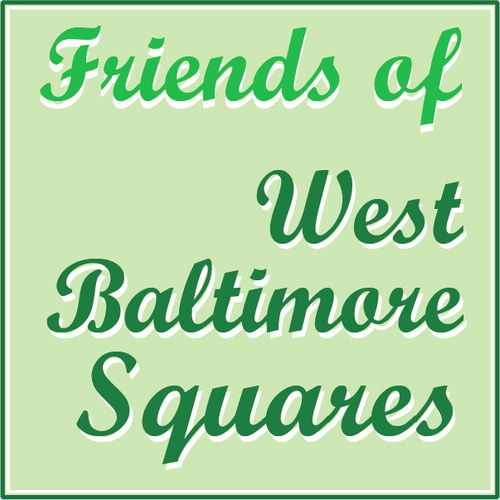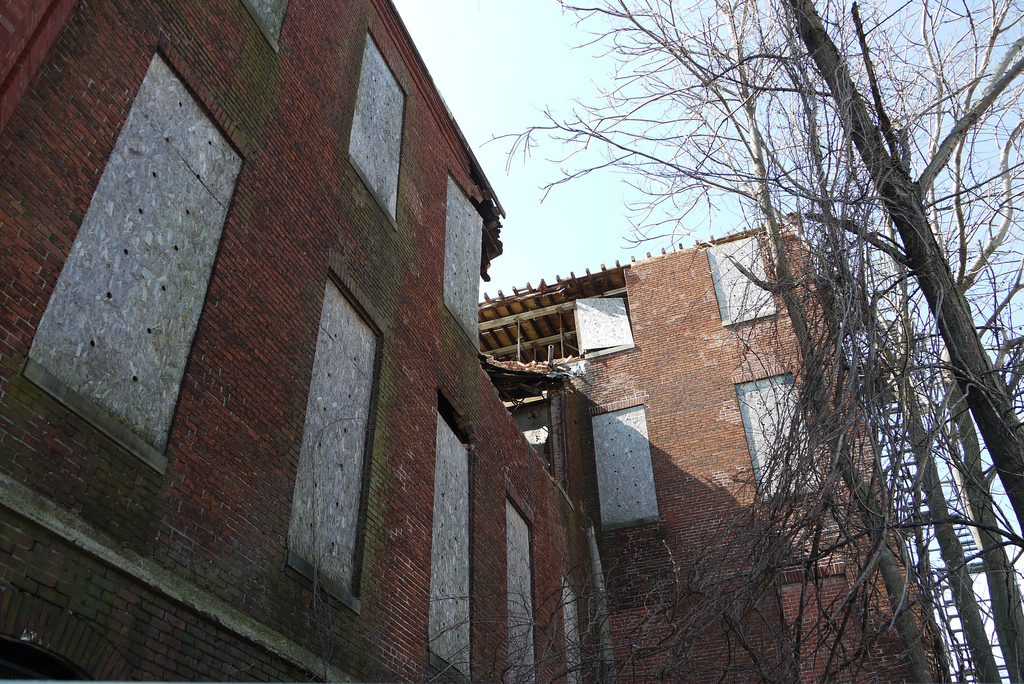Author: Eli
Eli Pousson started as a Field Officer at Baltimore Heritage in partnership with the National Trust for Historic Preservation in October 2009. Prior to moving to Baltimore, Eli worked for the DC Office of Historic Preservation and completed graduate work in anthropology and historic preservation at the University of Maryland College Park. Eli continues to work with the Lakeland Community Heritage Project and other heritage organizations in Prince George’s County, Maryland.
Historic Tax Credit Workshop at the North Avenue Market
If you’re working on your own house or working to revitalize your historic neighborhood, you should know about the tax credits and opportunities available to you and your community. With over seventy historic districts across the city, thousands of Baltimore home-owners are eligible for the Maryland Historic Rehabilitation Tax Credit program which can provide a substantial tax incentive for maintenance or rehab work on your historic home. In addition, main streets and residential neighborhoods are using preservation to organize residents, promote new investment, and preserve significant local landmarks. Learn more in our overview of city, state and federal historic tax credits.
Historic Tax Credits & Preservation in Your Neighborhood
Monday, May 9th | 6:00pm – 8:00pm
Open City Exhibit | 16 W. North Avenue, 21216
RSVP today!
Join Baltimore Heritage Field Officer Eli Pousson on May 9 from 6:00 to 8:00 PM at 16 6 W. North Avenue for an introduction to the state and city historic rehab tax credit and a discussion on strategies for preservation and revitalization. This workshop is part of the Citizens Planning and Housing Association, Inc. Activate Your Inner Citizen program. AYIC is an annual series of universities, workshops and briefings created to promote collaboration and increase the uniting capacity of Baltimore’s residents and community associations. For more information visit CPHA online or call 410-539-1369 x104.
Welcome to the Friends of West Baltimore Squares
 The Friends of West Baltimore Squares is a new organization dedicated to the celebration of West Baltimore’s unique historic squares and parks through events, outreach and advocacy. Launched in February 2011 by Baltimore Heritage in partnership with the Parks & People Foundation, the Watershed 263 Council and neighborhood leaders in Franklin Square, Harlem Park, Lafayette Square, Perkins Square and Union Square, our goal is to support the expanded use and appreciation of historic parks, connect West Baltimore residents and leaders interested in urban greening and historic preservation, and offer fun new ways to explore West Baltimore neighborhoods.
The Friends of West Baltimore Squares is a new organization dedicated to the celebration of West Baltimore’s unique historic squares and parks through events, outreach and advocacy. Launched in February 2011 by Baltimore Heritage in partnership with the Parks & People Foundation, the Watershed 263 Council and neighborhood leaders in Franklin Square, Harlem Park, Lafayette Square, Perkins Square and Union Square, our goal is to support the expanded use and appreciation of historic parks, connect West Baltimore residents and leaders interested in urban greening and historic preservation, and offer fun new ways to explore West Baltimore neighborhoods.
Please stay connected with our new effort by visiting the Friends of West Baltimore Squares website, connecting with us on Facebook, and following us on Twitter. If you are a resident of West Baltimore, interested in supporting the Friends of West Baltimore Squares as a volunteer, or interested in attending any of our fun upcoming events, please sign up for our e-mail list and keep an eye on our calendar. We have also started a small discussion list for anyone who’d like to contribute their own ideas to the project.
Finally, we invite everyone to join us for our inaugural West Baltimore Squares Spring Walk and Celebration on the evening of Saturday, April 30. We’ll walk from Union Square to Lafayette Square through five great historic parks ending with a celebration at Lafayette Square with light refreshments & music starting at 7:00 PM followed by a movie screening at 7:30 PM. We hope you can join us on April 30 for the start of this new exciting effort!
Photo: Eutaw Chapel in Herring Run Park
Progress and setbacks at Baltimore’s Hebrew Orphan Asylum

The past few months have seen both modest progress for our efforts to preserve and reuse Baltimore’s Hebrew Orphan Asylum and a setback to the condition of the building. On the afternoon of February 25, high winds combined with continued deterioration of the roof caused a significant collapse to the rear wall of the Hebrew Orphan Asylum. The collapse dropped a large amount of brick and other debris into the lot behind the building. Fortunately, none of the residents or staff at the adjoining Tuerk House were injured and Coppin State University, with assistance from Brawner Contractor Inc., took quick action to erect a safety fence around the area. Coppin State University, in consultation with its contractor and structural engineers, has started the process of assessing the damages to the building and preparing plans for the design and reconstruction of the collapsed building elements. Additional photos of the building both before and after the recent collapse are available in the Friends of the Hebrew Orphan Asylum Flickr set.
Despite this new challenge, Baltimore Heritage and Coppin State University are continuing to move forward with planning, education and outreach efforts to ensure a vital future for this nationally important Baltimore building. With funding from the National Trust for Historic Preservation and Preservation Maryland, the Coppin Heights CDC is working with development consultant Ms. Wendy Blair to prepare a feasibility study on the reuse of the Hebrew Orphan Asylum. The study will explore a range of possible uses and include an opportunity this spring for area residents and others to share their own perspectives on the revitalization of the Hebrew Orphan Asylum and the former Lutheran Hospital site. Baltimore Heritage is partnering with the Coppin Heights CDC to facilitate this public input process over the next few months.
Our continuing programs have expanded the Friends of the Hebrew Orphan Asylum Facebook page to over 100 supporters with hundreds more on our e-mail list. In early February, over 30 of you came out to the Pratt Library Edmondson Avenue Branch for our program on the past and future of the Hebrew Orphan Asylum. In early March, we had the opportunity to share the story of the how Baltimore’s Jewish community established and built the orphanage with a group of Towson University students in Dr. Valerie Thaler’s American Jewish History class. Finally, Anita Kassof, Assistant Director of the Jewish Museum of Maryland, highlighted the Hebrew Orphan Asylum in a recent article for “Generations,” the JMM’s annual magazine. The article tells the story of how the Hebrew Orphan Asylum offered a caring home for orphaned and destitute children under the leadership of Rabbi Samuel Freudenthal.
We’re are looking for more opportunities to share information on the rich history and exciting future of this great Baltimore landmark. Please invite us to come out and speak with your group or congregation this spring!


